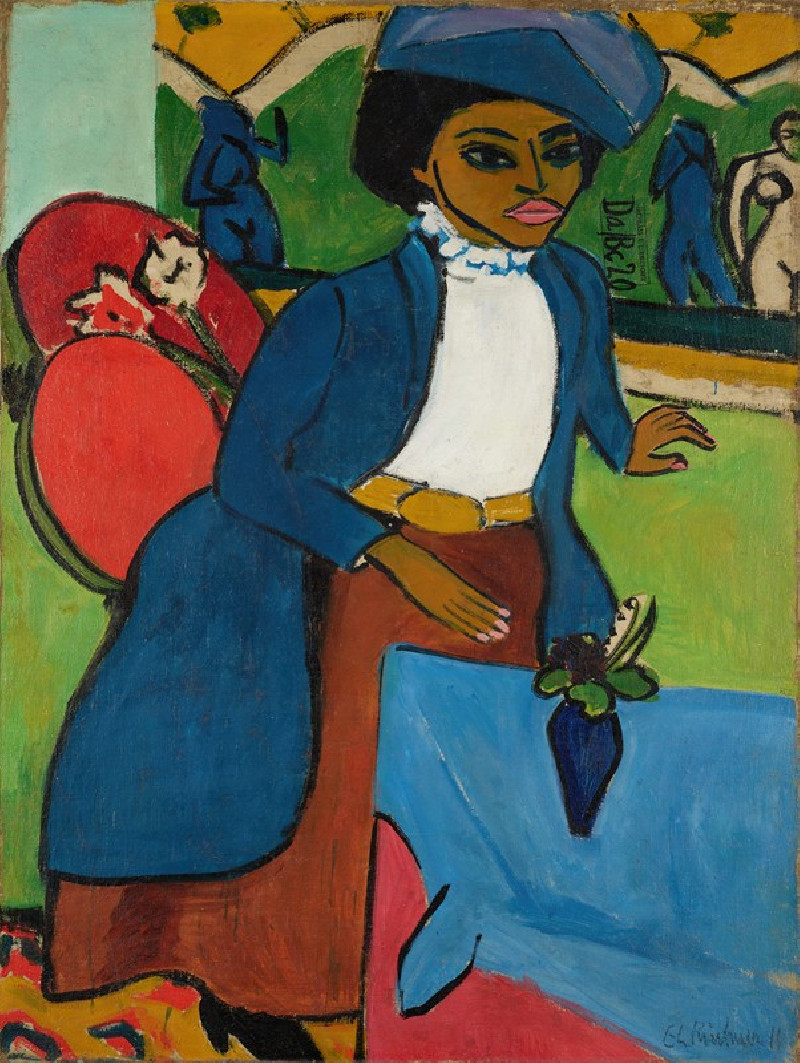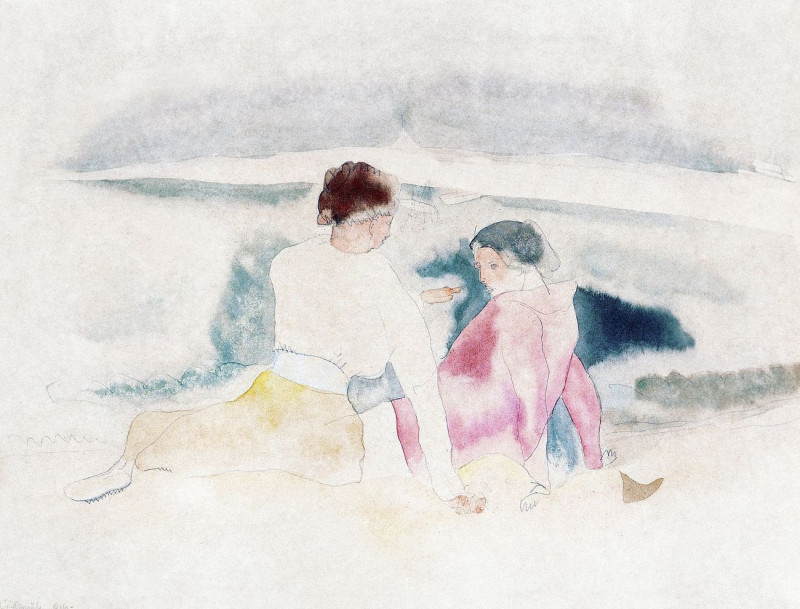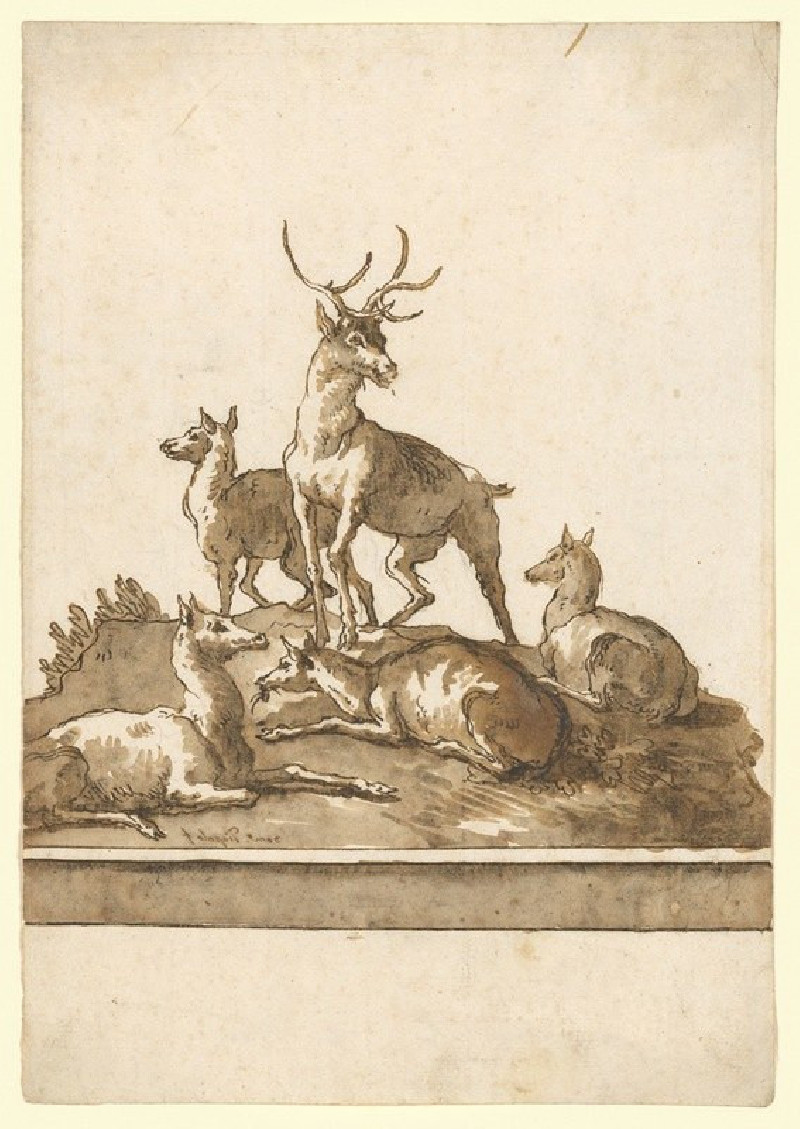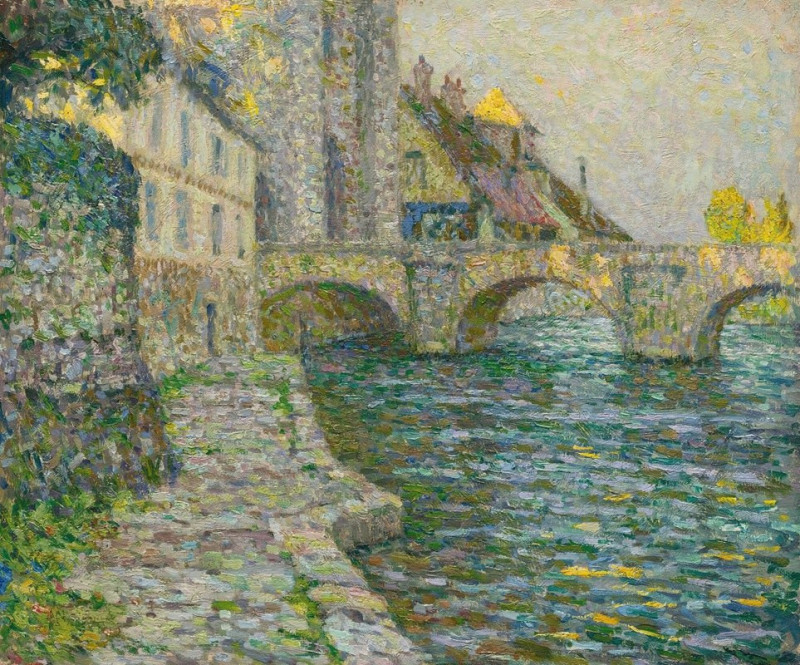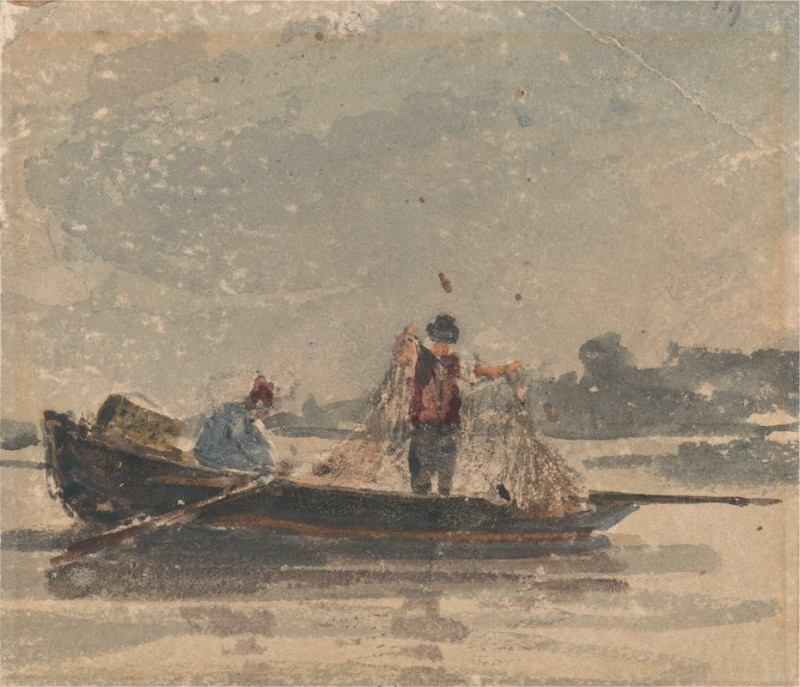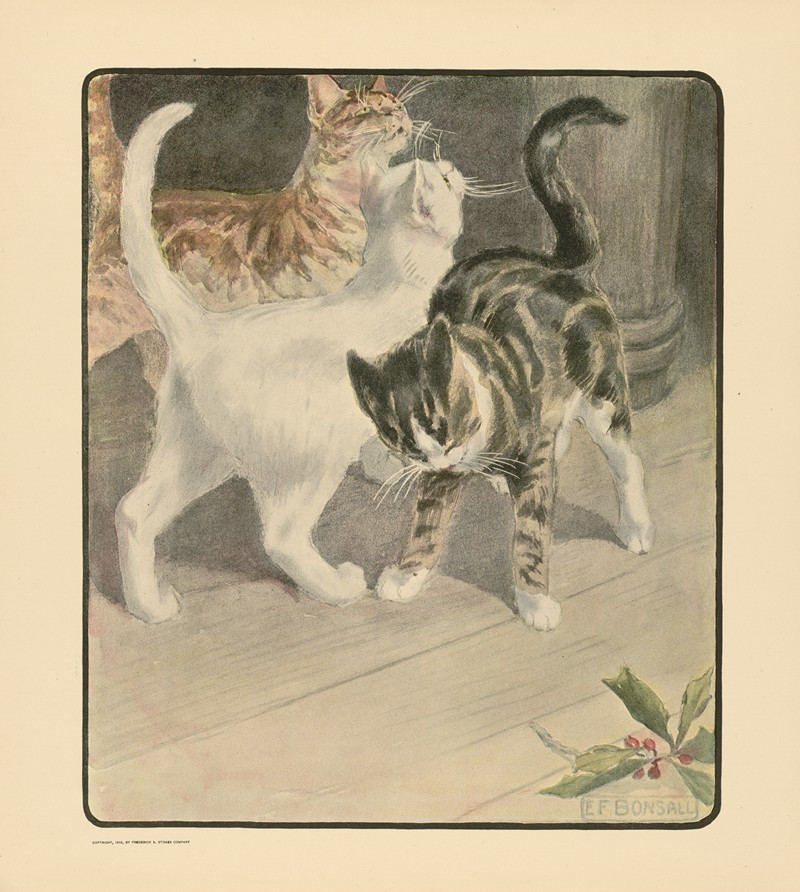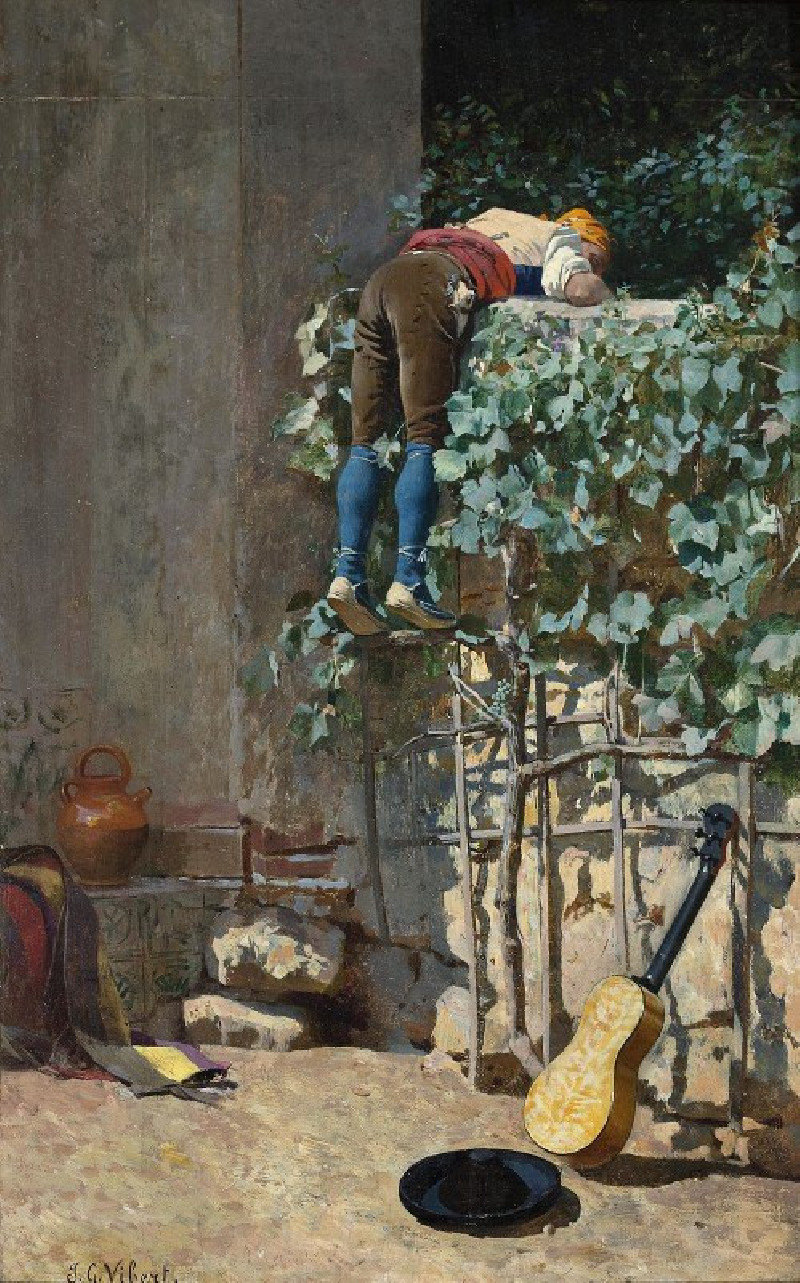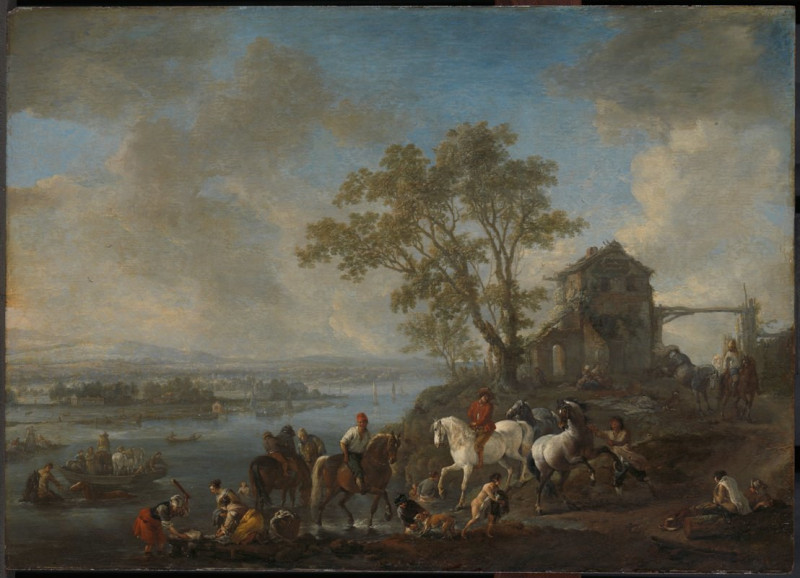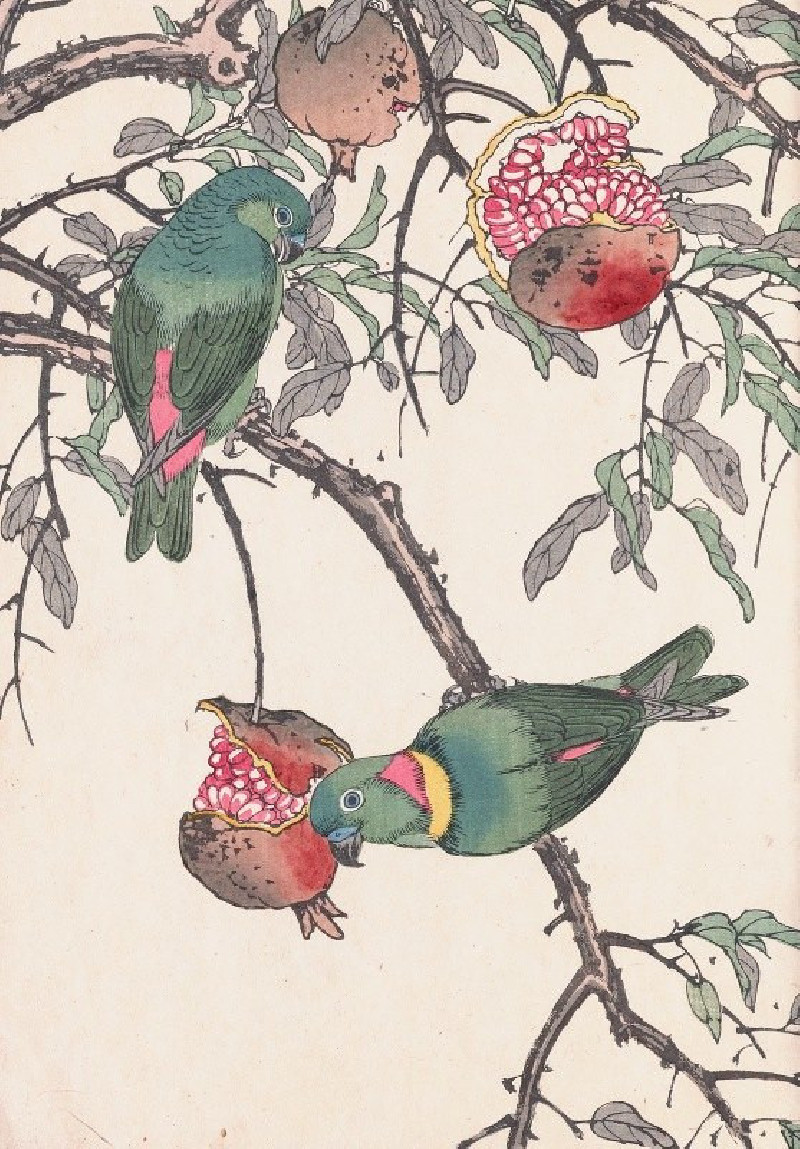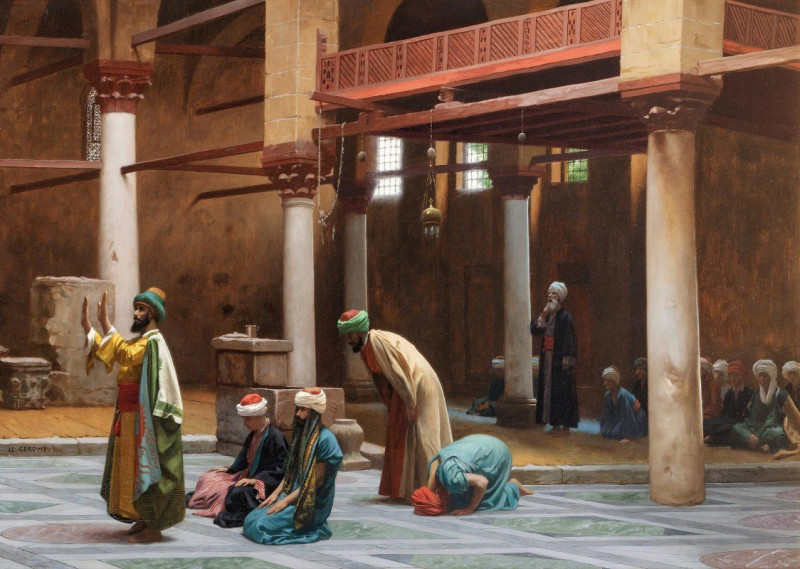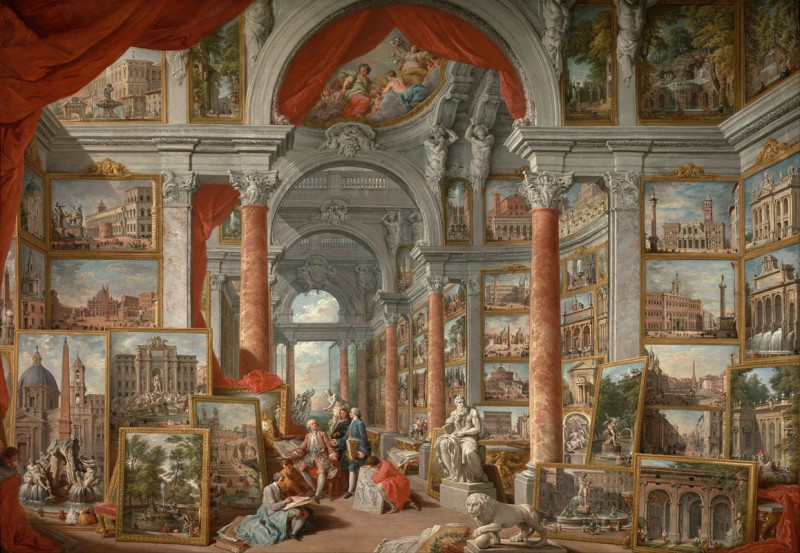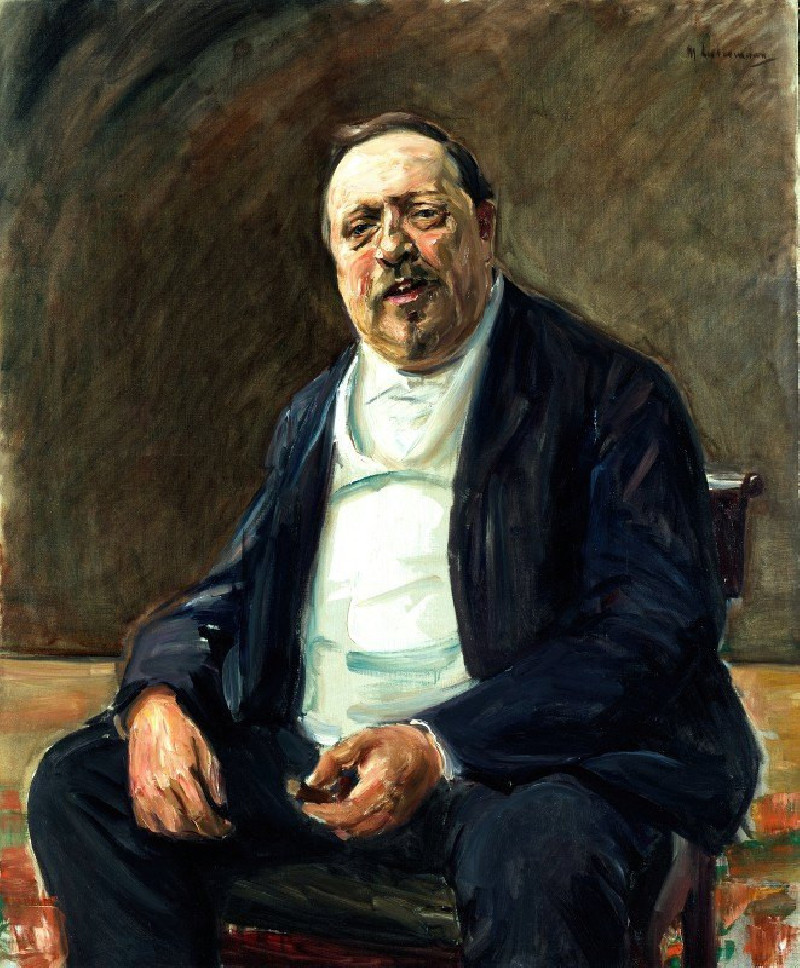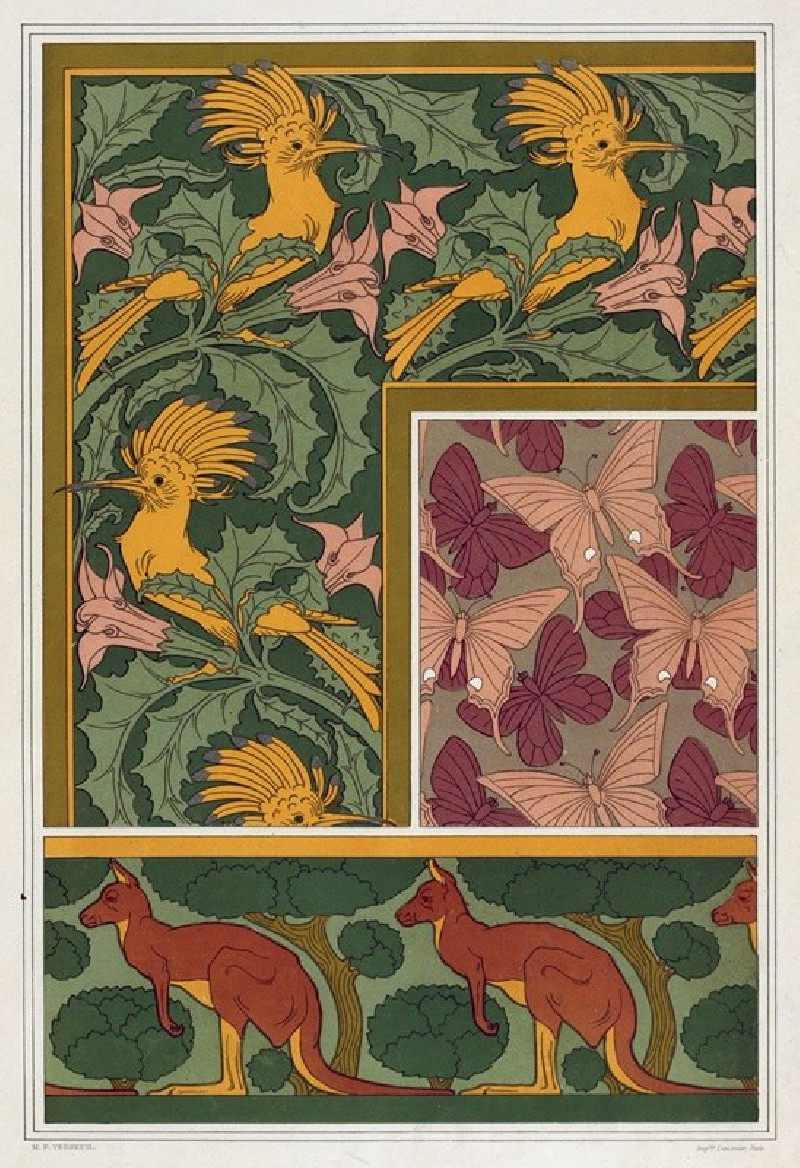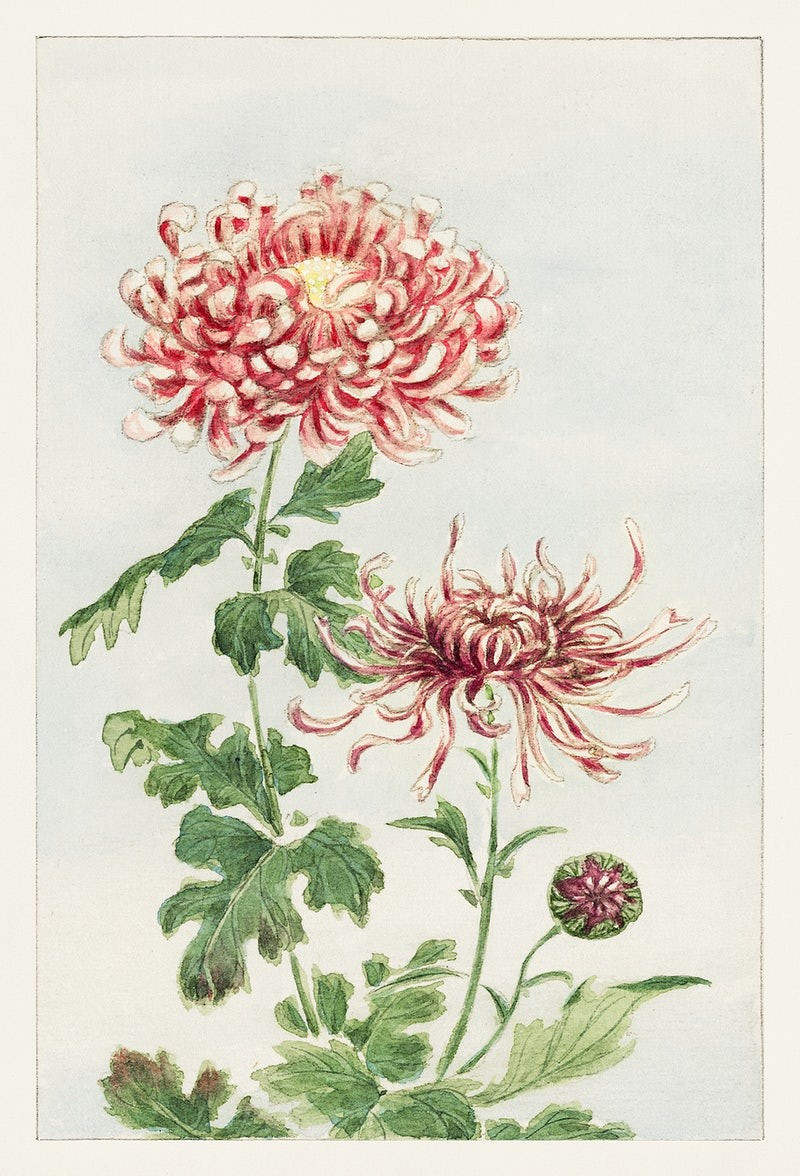Frauenbildnis (Portrait of a Woman) (1911)
Technique: Giclée quality print
Recommended by our customers
More about this artwork
Our current exhibit features the striking "Frauenbildnis (Portrait of a Woman)" painted by the renowned German expressionist artist Ernst Ludwig Kirchner in 1911. This masterpiece vividly encapsulates Kirchner's avant-garde approach, characterized by bold colors and emotive abstraction.The painting presents a woman dressed in an elegant blue coat and a striking blue hat, commanding the viewer's attention with a direct and engaging gaze. Her posture, with a hand on the hip and another slightly extended, conveys a sense of confidence and dynamism. The use of vivid and contrasting colors enhances the emotional depth of the subject, a signature element of Kirchner's work that pushes the boundaries of traditional portrait painting.The background of the painting is equally intriguing, with abstract shapes and a blend of greens, blues, and reds that suggest a vibrant, possibly urban environment. A small figure of a cat near the woman's feet adds a personal touch to the composition, hinting at a narrative or a private symbolism."Frauenbildnis (Portrait of a Woman)" is a perfect example of Kirchner's interest in portraying modern individuals, embedding elements of the contemporary culture and fashion within the frame of expressionism. This painting not only showcases the artist's unique style but also serves as a cultural mirror reflecting the evolving role of women in society during the early 20th century.
Delivery
Returns
Ernst Ludwig Kirchner (1880–1938) was one of the most important German Expressionist painters. He was a co-founder of Die Brücke, a group of German expressionist artists formed in Dresden in 1905. Die Brücke and Kirchner took inspiration from Vincent Van Gogh and Edvard Munch, as well as African and Oceanic art. They used woodblock printing as a medium to showcase their signature style: flat, unrealistic images with vivid colors. The recurring themes in Kirchner's artworks included exotic cultures, faraway landscapes, self-portraits, dancers and Berlin street life. His paintings and prints effectively portrayed non-European cultures despite the fact that he never traveled outside of Europe.

